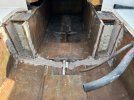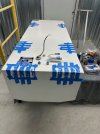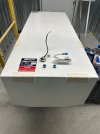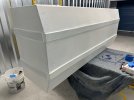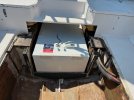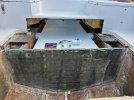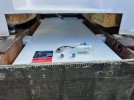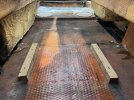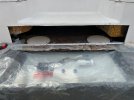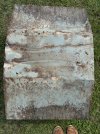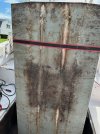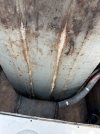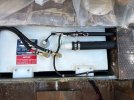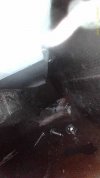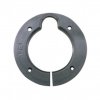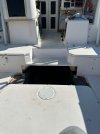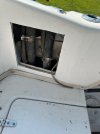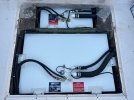- Joined
- Oct 16, 2007
- Messages
- 3,577
- Reaction score
- 1,011
- Points
- 113
- Age
- 71
- Location
- Cape May, NJ
- Model
- Islander
Fuel tank was ready yesterday. Picked up today. SP Sheet Metal in Clermont, NJ turned it around in less than two weeks! Had all the nitrile strips, fittings, hoses, sealant, etc. 134 gallon original GW tank size. About $10 a gallon plus $150 to paint.
Lots to do to prep bulkhead repair, step repair, tank prep, finish bilge cleanup. Going with single tank but installing everything to allow a smaller aux tank. Bulkhead repair will be 1" thicker than original so replacement aux tank will be a little smaller (70 gallon vs 72). I don't need the fuel capacity and may never install aux tank. But it would be an easy install - all hose installed - drop tank and hookup.
Lots to do to prep bulkhead repair, step repair, tank prep, finish bilge cleanup. Going with single tank but installing everything to allow a smaller aux tank. Bulkhead repair will be 1" thicker than original so replacement aux tank will be a little smaller (70 gallon vs 72). I don't need the fuel capacity and may never install aux tank. But it would be an easy install - all hose installed - drop tank and hookup.
Last edited:


